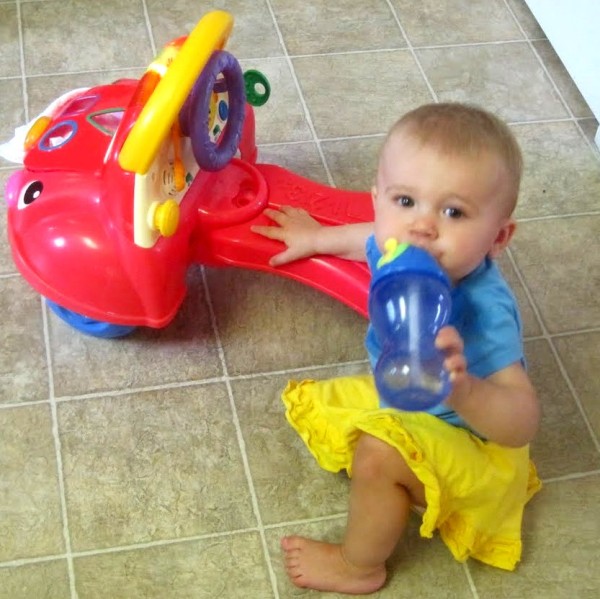
For most parents, we all remember back to the days when our children were toddlers and all of the accidents, and “near misses” that seemed inevitable, but somehow didn’t occur. However, on the other end of the spectrum, seemingly harmless items such as sippy cups, pacifiers and bottles may actually pose a greater danger to their intended users – babies and toddlers – according to a new pacifier choking hazard study recently published by clinical researchers at Columbus, Ohio’s Nationwide Children’s Hospital.
The researchers examined hospital records to find 45,000 separate cases of children who required emergency medical treatment as a result of using these types of products over the last two decades. All of the children involved in these cases were under the age of 3, according to the researchers.
Most Majority of Toddler Emergency Room Visits Stem from Falls
According to the researchers, 86% of the cases involving sippy cups, pacifiers or bottles also included the child falling down, typically with a bottle or other implement held in their mouthes.
Sarah Keim, the lead researcher behind the pacifier choking hazard study, said that the findings indicate an increased need for parents to supervise their children while they’re using these types of implements at a very young age.
“Virtually every [toddler] has one or more of these products. Kids of this age are just learning how to walk and run, and they’re unsteady on their feet, so there’s a lot of tripping and falling,” said Keim. Older children are more stable on their feet, while infants are largely immobile and have a lower risk of falling on their own. Children of approximately one year of age are most likely to be hurt by one of these implements, according to Keim.
Data from 100 Hospitals
In order to complete their study, the researchers gathered health information from the National Electronic Injury Surveillance System, an operation of the U.S. Consumer Products Safety Commission. This gave the researchers access to data from over 100 hospitals.
Keim said that about 83% of all the falls they examined resulted in injuries to the face and mouth. Bottles were responsible for the majority of injuries (66%), while sippy cups and pacifiers were relatively safe with 14% and 20% of injuries, respectively.
Fortunately, the researchers also discovered that these types of injuries are on the decline. In fact, the number of annual injuries resulting from sippy cups, bottles and pacifiers dropped by 30% from 1991 to 2010. The researchers said that the observed decline could stem from one of the following reasons:
-
Children being breast-fed longer
-
More children overall being breast-fed
-
Children transitioning from bottles to cups sooner
Keim also said that the majority of the cases they examined did not involve hospitalization. However, she said that these types of injuries are easily preventable, and shouldn’t be ignored just for their general lack of severity.
Preventing Toddler Injuries
According to Keim, the best way to prevent these types of injuries is by weaning children off pacifiers before they reach 6 months of age. If this proves difficult, parents should at least ensure that their child is no longer using a pacifier by the time he or she begins walking. The American Academy of Pediatrics also recommends that children use regular cups in lieu of sippy cups by the time they reach 12 months.
When parents are helping their children through this transition, Keim recommends keeping them in a seated position to minimize the chance of falling. Using a regular cup instead of a sippy cup can be tricky, not to mention messy, during the first several tries.
Toddler Injuries: The Bottom Line
Researchers in Columbus, Ohio have completed a study indicating that implements such as bottles, sippy cups and pacifiers pose a danger to toddlers, particularly those around the age of 1. Most of these injuries occur when a child falls with one of these implements held in his or her mouth.













